1950s
Building a nuclear weapons stockpile
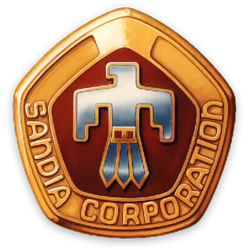
Service pin 1955
1950
June 9, 1950
Coronado Club opened on Sandia Base with a Grand Opening dance
The Coronado Club opened on Sandia Base near Albuquerque with a Grand Opening dance and floor show. Marty Baum’s 12-string orchestra played. The Club was built to provide a social and recreational club for employees of what were then known as Sandia Laboratory and the Atomic Energy Commission (AEC). It played a key role in the social lives of Sandians and local AEC employees during the succeeding decades, while such social opportunities were not plentiful in close proximity to the site. It was a premier entertainment site, providing a venue for noted performers of the period. In 2004, the Coronado Club closed after experiencing several years of declining membership and participation as Sandia employees became fully integrated into the Albuquerque community and the city grew out into the area near Sandia, providing a range of opportunities for recreation and socializing.
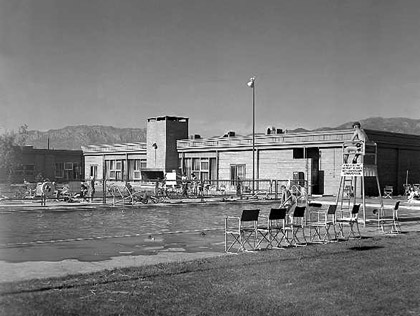
Coronado Club, 1955
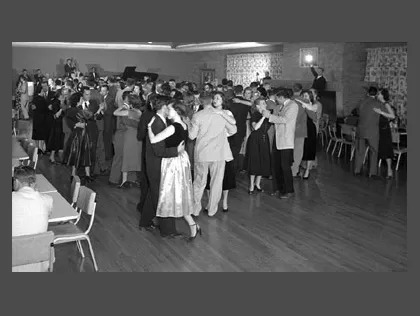
1952
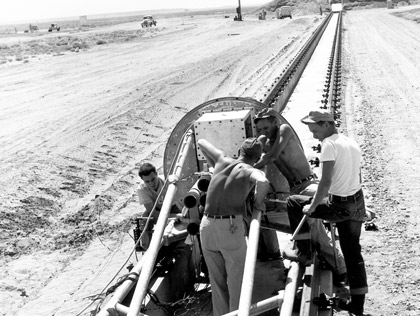
January 1, 1952
Large-scale environmental test facilities
Sandia-designed rocket-powered centrifuge was constructed east of Tech Area II. The first of Sandia’s large environmental test facilities, the centrifuge was built in four months from available materials. Additional facilities followed, in an area further south on the base, identified as Tech Area III. By the end of the 1950s, these facilities provided a wide array of capabilities in support of environmental and developmental testing. They included a hydraulic centrifuge with a 55′ boom; a 300′ steel drop tower; a 1,000′ rocket-sled track that was extended to 3,000′, an air gun test facility, and a vibration test facility. They joined the existing test facilities in Tech Area I, which included a rocket-powered pendulum, the still-extant wind tunnel facility, and a variety of centrifuges and other standard environmental test facilities.
March 1, 1952
Donald A. Quarles took over as Sandia Corporation president
Building on George Landry’s operational foundation and managing Sandia’s continued growth, Don Quarles appointed a general manager for internal administration of facilities, personnel, and business matters, and set weekly meetings with his vice presidents. As the Atomic Energy Commission expanded production capabilities in the nuclear weapons complex, Mr. Quarles began Sandia’s transition out of war reserve production and shifted it to a systems research approach in component design, leading to both pre-production engineering and a world-class reliability evaluation program. Most critically, he engaged in negotiations with the military services on responsibilities for design of arming and fuzing systems for warheads and in establishing the phases in a weapon’s lifecycle.
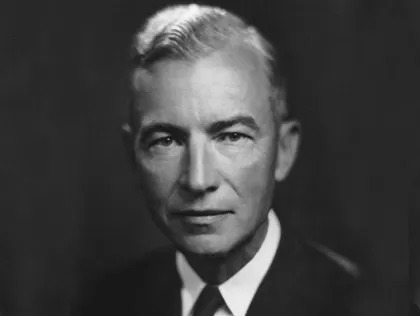
1953
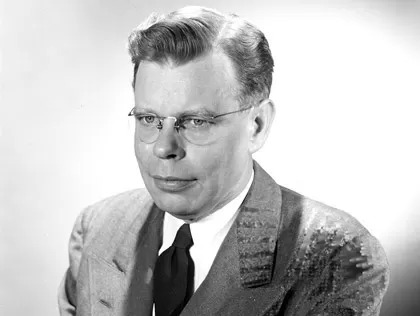
September 1, 1953
James W. McRae became Sandia Corporation President
Jim McRae presided over Sandia’s management through the core of the 1950s, when nuclear weapons designs moved from fission to fusion, new delivery systems were introduced, and nearly sixty weapons systems were in various phases of planning or development. While the Laboratory grew by more than 3000 employees and added another site at Livermore, California, Dr. McRae focused on improving morale and ensuring consistent quality in weapons production while initiating an expanded research capacity to support weapons designs. Sandia researched radiation hardening with new accelerators and reactors; actively engaged in computer modeling; and pursued research into electronics, plastics, microwaves, metallurgy, and materials science.
1954
June 15, 1954
Wooden Bomb concept introduced
Report by quality control consultant George Edwards of Bell Laboratories delivered to Sandia. The report emphasized the amount of time it took to prepare a stored nuclear weapon for use—in addition to the burden of frequent maintenance, a variety of components, including the detonators and cables, had to be installed, the batteries charged, and the fins for the casing bolted on. Around the same time Sheldon Dike and Walter Wood of Sandia’s systems analysis group articulated the “wooden bomb” concept in response to identical concerns. The idea was to develop weapons that could sit ready in the stockpile for years with little maintenance or preparation time prior to use. The first wooden bomb designs began entering the stockpile in the late 1950s.
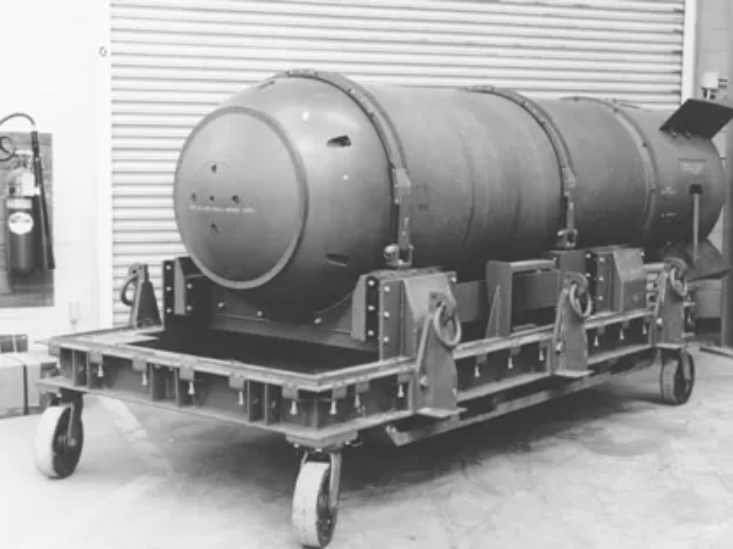
1956
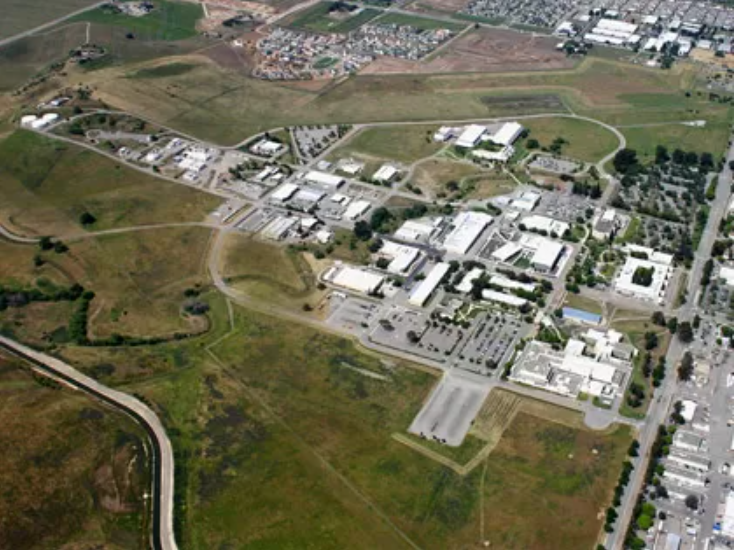
March 8, 1956
Second laboratory officially opened in Livermore, California
Sandia supported the new nuclear weapons laboratory in Livermore from its creation in 1952. In 1956, Sandia officially established a second laboratory and transferred personnel from Albuquerque to Livermore and began building a site there, just across East Avenue from the University of California Radiation Laboratory, Livermore (now Lawrence Livermore National Laboratory).
July 1, 1956
First service pins awarded
The Sandia Thunderbird emblem was chosen as a result of a contest held in 1955 to choose the design for 5- and 10-year service pins. All employees were invited to submit entries and the best four were printed in the Lab News. Employees voted on the designs, choosing H. C. “Clyde” Walkers’ submission of the Thunderbird, netting him a $75 U.S. Savings Bond. By 1959, Sandia was using the design more generally as a logo. In 1971, the Thunderbird was redesigned along more modern lines.
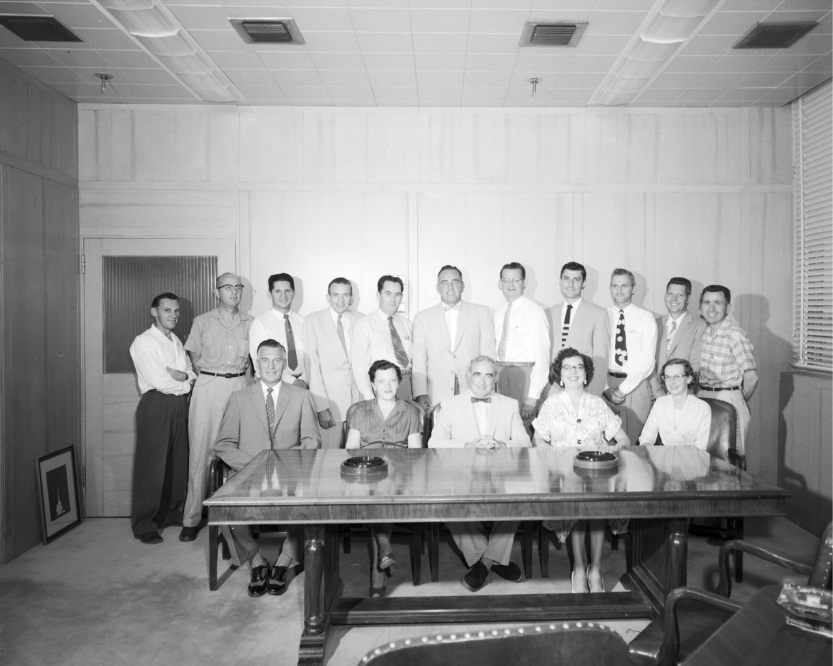
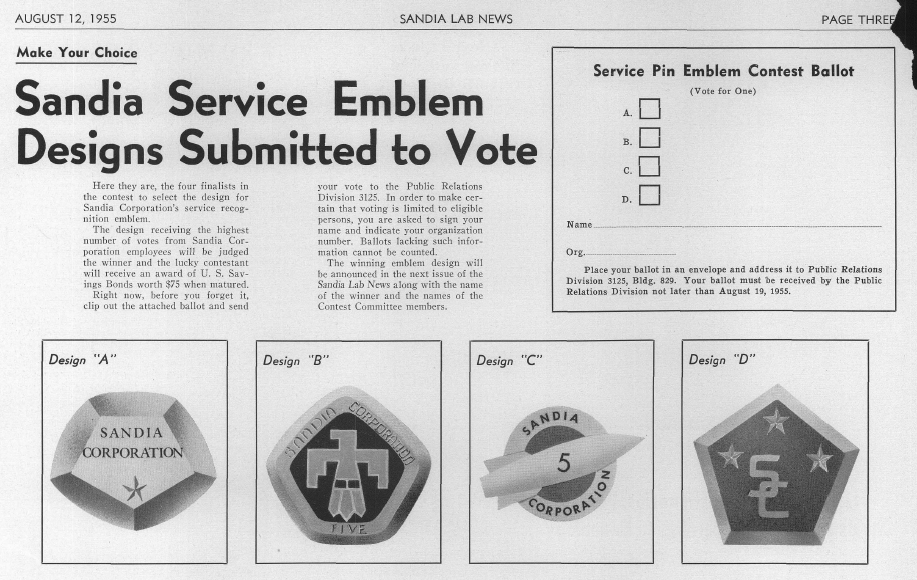
1957
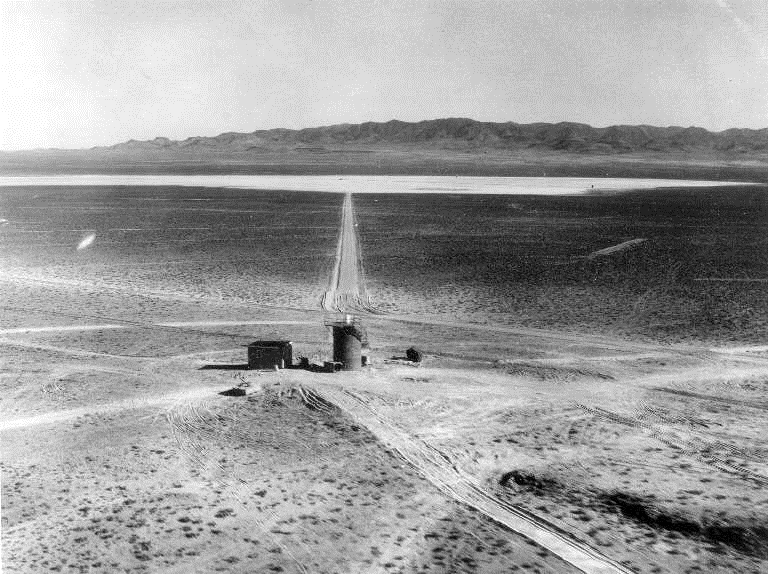
February 8, 1957
First test drop at new Tonopah Ballistics Test Range
By the mid-1950s, the area near the Salton Sea Test Base was getting crowded with recreational users, was more polluted, and the air traffic lanes were busier. In addition, Sandia’s testing included specifications for a hard target. The AEC went looking for a new site, reviewing both existing military test ranges and large tracts of land through the southwest. Nevada offered a few alternatives, including within the Nevada Test Site and further north, near Tonopah. The site was within what was then known as the Nevada Bombing and Gunnery Range (now Nellis Air Force Base).
The Tonopah site had been used as a bombing range by the Army Air Force during World War II and the AEC selected it as Sandia’s new range. The Range was surveyed, and stations staked out in early 1956; the facility covered an area almost seven times that of the Salton Sea site. A series of dry lakebeds strung out along a nearly north-south axis appeared ideal as targets along the flight path. In addition to drop testing, Sandia also built facilities for rocket testing at the site, developing rockets for use in high-altitude nuclear testing and in testing of nuclear weapons components. Tonopah Test Range became Sandia’s official test range in 1960; Salton Sea closed July 1, 1961.
October 18, 1957
“Give Once” campaign launched for new Employee Contribution Plan
The Lab instituted payroll deduction to centralize, coordinate, and increase Sandians’ charitable contributions. The Employee Contribution Plan initially supported 31 health and welfare agencies. The ECP continues at Sandia, now channeling employee donations through the United Way, while providing the option of selecting individual charities.
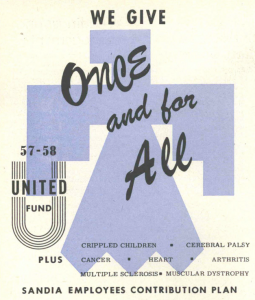
1958
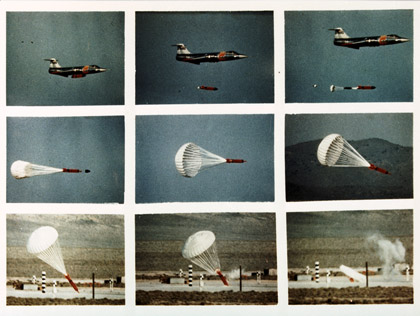
January 1, 1958
Laydown weapons
Shock-resistant components and parachute systems made possible the safe laydown delivery of nuclear bombs.
October 1, 1958
Julius P. Molnar took over as Sandia Corporation President
Facing the first slowdown in Sandia’s growth, resulting from the US-USSR moratorium on nuclear testing, Julius Molnar redirected part of the testing workforce into new arenas. Under his guidance, the laboratory also instituted requirements and opportunities for advanced degrees for newly hired engineers. Dr. Molnar pushed for stability and partnered with the other nuclear weapons laboratories to support various peacetime projects, including work on the Vela Program for nuclear burst detection, engineering support for Los Alamos projects for magnetic confinement of plasma for fusion energy, and Lawrence Livermore’s Plowshare Project for peaceful uses of nuclear devices. Ultimately, many of these efforts resulted in new lines of business.
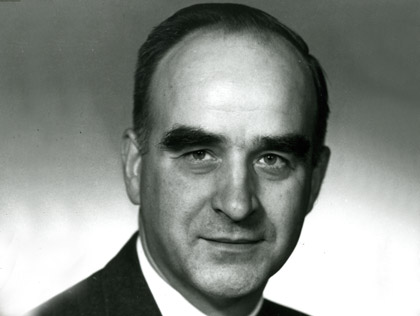
1959
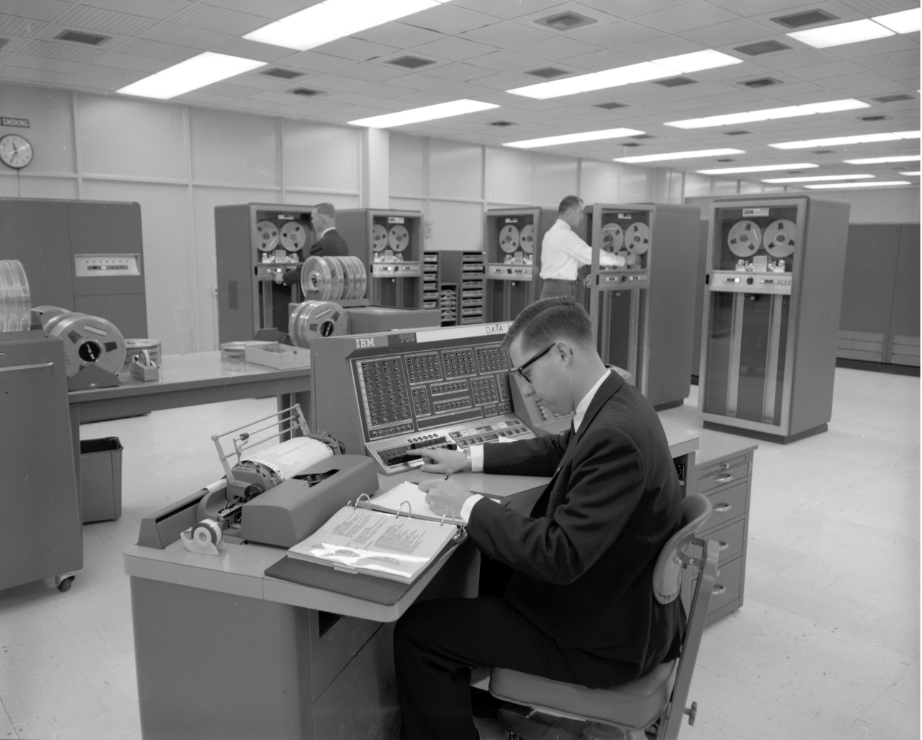
January 1, 1959
Communication system in place for quality assurance organization
The Sandia Corporation Quality Assurance Communications System (a Teletype communications network) provided instant contact with all sites and integrated contractors handling special weapons data. This made reliability information on the stockpile available on a daily basis and fed nuclear weapon reliability data into Sandia’s IBM 705 data processing system. Data was encrypted during transmission.